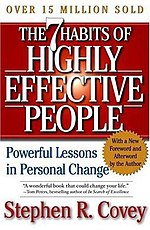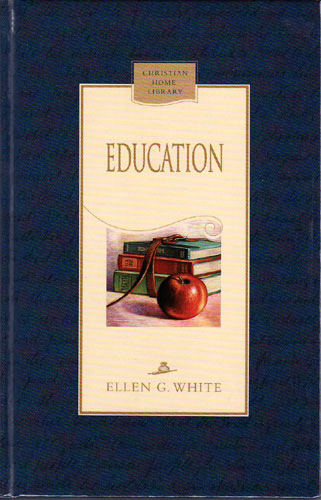This is a easy and short read for anyone interested in understanding the basic operations, assumptions and even impacts of Capitalism. The author effectively uses a hypothetical example to show the different economic aspects and concepts of Capitalism.
A careful reading can help the reader also identify what I consider the limitations and even dangers of capitalistic thinking and prioritization. I recommend this book for anyone who feels economics is too complicated to understand. You may be amazed how well you many understand capitalism and its economic assumption after reading this book. For example, you will understand the principles advocated for international taxation from a capitalistic worldview.
Click here to buy a book of the The Choice: A Fable of Free Trade and Protectionism 3rd Edition (2007) by Russell Roberts





































